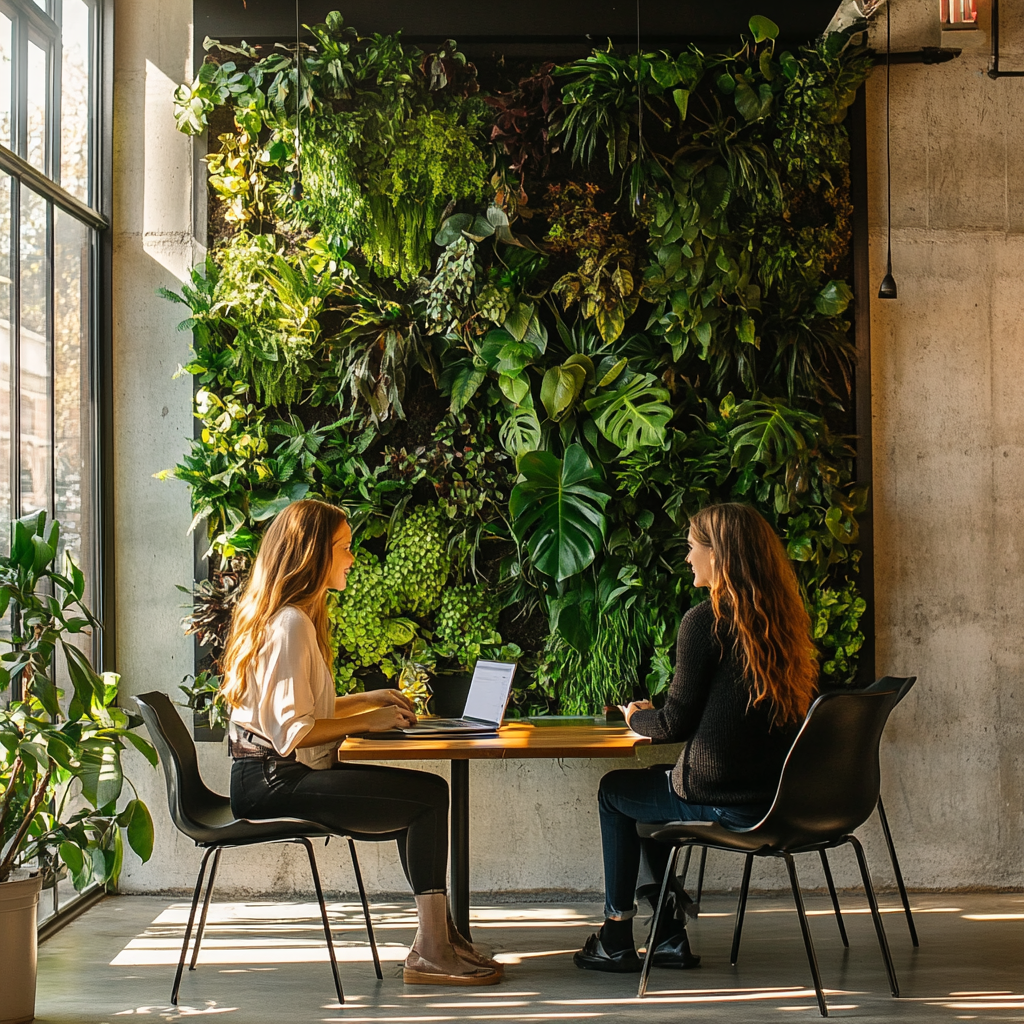
10 Everyday Ways You Can Help Cool Down Your City
Cities can feel unbearably hot in the summer due to the urban heat island effect, but there are simple ways to help cool things down. From planting trees and installing green roofs to using public transport and saving energy, everyday actions can make a big difference. Discover 10 practical tips to create greener, cooler, and more livable urban spaces in this guide!

Biophilic Design: Bridging the Gap Between Nature, Awe, and Well-being
Biophilic design bridges the gap between nature and the built environment, enhancing well-being by integrating natural elements into our spaces. By evoking awe, reducing stress, fostering creativity, and promoting sustainability, this design approach nurtures both mental health and a deeper connection to the world around us.

Elevating Spaces: The Power of Human-Centered Design in Homes and Offices
Discover how human-centered design transforms homes and offices into spaces that prioritize well-being, productivity, and sustainability. By blending ergonomic layouts, biophilic elements, and user-focused solutions, these designs create environments that enhance comfort, foster creativity, and promote a deeper connection to nature.

Painting the World with a Magic Biophilic Brush
Transforming Urban Landscapes: Nature's Magic at Every Corner.
Imagine transforming our urban landscapes into lush, living ecosystems where buildings breathe, streets bloom, and communities thrive in harmony with nature. This vision of a biophilic world—painted with moss, plants, and living walls—reconnects us to the earth, enhancing well-being and sustainability while reshaping cities into vibrant, green sanctuaries.

Rekindling Our Bond with Nature: Embracing the Unseen
Embrace the Unseen: Nourishing the Soul with Biophilic Design.
Biophilic design goes beyond aesthetics, fostering a deep connection to nature that nurtures our physical, mental, and spiritual well-being. By integrating natural elements and honoring the spirit of place, it reconnects us to the unseen threads of the natural world, promoting harmony, mindfulness, and a profound sense of belonging.

The Serene Connection: Soft Fascination, Biophilic Design, and Our Innate Love for the Natural World
Reconnect with Nature: Designing Spaces for Serenity and Well-being.
Soft fascination, the gentle attention we give to nature's soothing elements, plays a vital role in biophilic design by reducing stress, restoring focus, and fostering creativity. By integrating natural elements like greenery, water, and natural light into built spaces, biophilic design enhances well-being, strengthens our connection to nature, and promotes sustainable living in modern environments.

Achieving Climate Neutrality Through Biophilic Design: A Path Forward
Greening Spaces, Cooling Planet: Biophilic Design for a Sustainable Future.
explores how integrating natural elements into buildings and urban spaces can reduce carbon emissions, promote sustainability, and combat climate change. From energy efficiency and improved air quality to sustainable materials and biodiversity, biophilic design transforms wasteful practices into eco-friendly solutions. The article also highlights the urgency of climate action, worst-case scenarios of inaction, and actionable steps to build a greener, more climate-neutral future.
